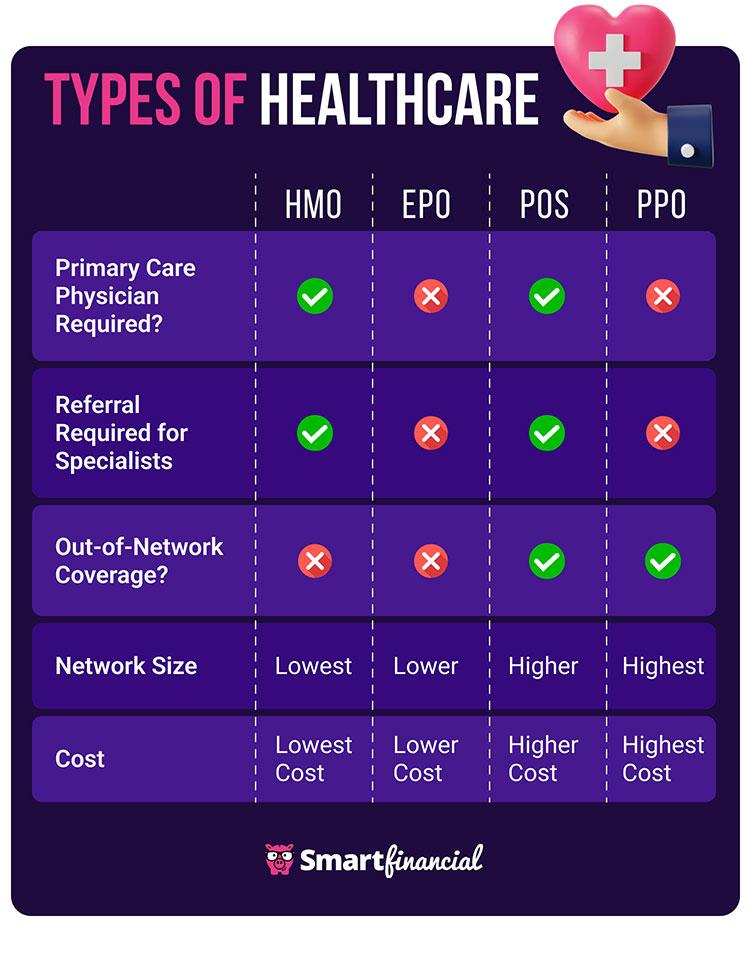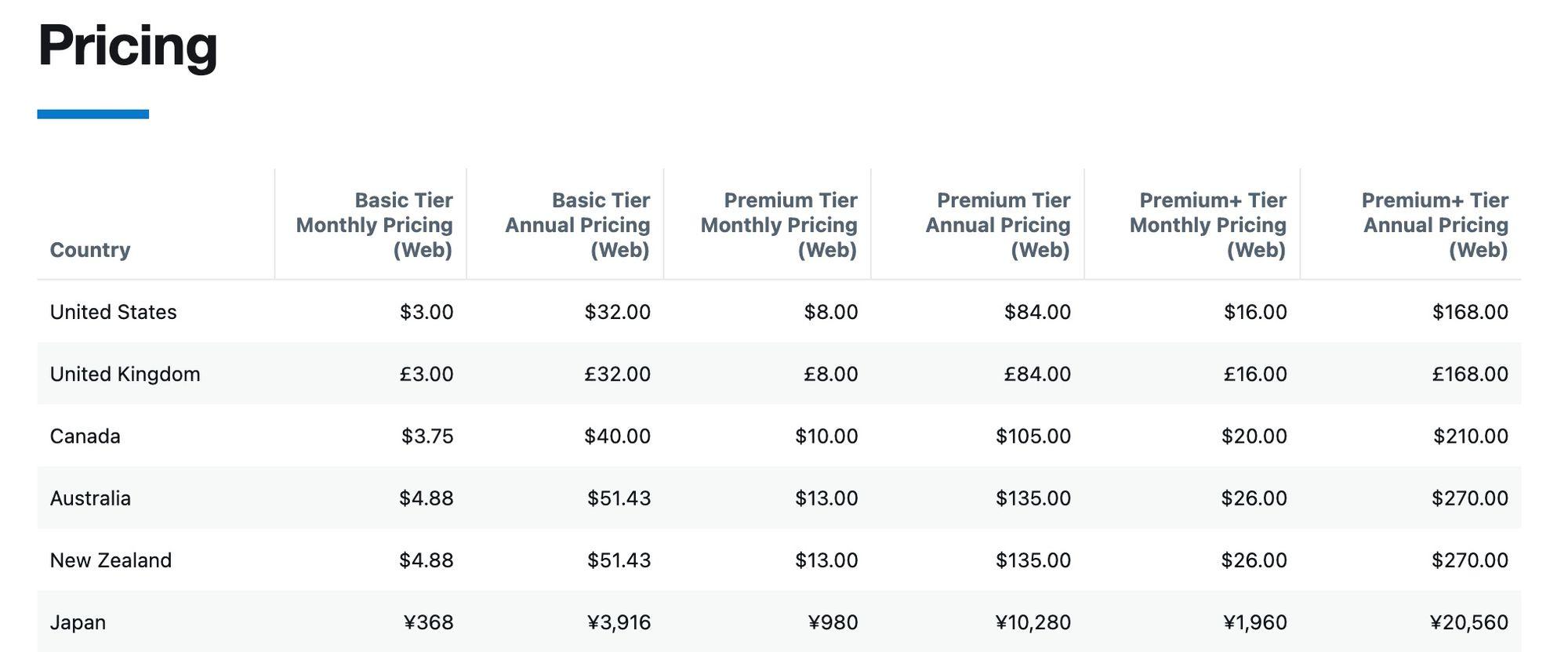When it comes to securing your health and financial well-being, choosing the right health insurance plan can feel overwhelming. With a myriad of options available, it’s essential to navigate the intricacies of policy details to ensure you find coverage that meets your needs. From understanding premiums and deductibles to evaluating provider networks and coverage limits, each feature plays a crucial role in your overall healthcare experience. In this article, we will break down the essential features to consider when selecting health insurance, helping you make informed decisions that suit your lifestyle and health requirements. Whether you’re exploring options for yourself, your family, or your small business, we’ll provide the insights you need to approach this important choice with confidence.
Table of Contents
- Understanding Different Types of Health Insurance Plans
- Key Factors Affecting Premiums and Out-of-Pocket Costs
- Evaluating Provider Networks and Prescription Drug Coverage
- Assessing Additional Benefits and Wellness Programs
- The Conclusion
Understanding Different Types of Health Insurance Plans

Health insurance plans come in various forms, each designed to cater to different healthcare needs and financial situations. Understanding these different types can help you make an informed choice. Some common categories include:
- Health Maintenance Organizations (HMOs): Require members to choose a primary care physician and get referrals for specialists.
- Preferred Provider Organizations (PPOs): Offer more flexibility in choosing healthcare providers and don’t require referrals.
- Exclusive Provider Organizations (EPOs): Similar to PPOs but don’t cover any out-of-network care except in emergencies.
- Point of Service (POS): Combine features of HMO and PPO plans; members can choose between in-network and out-of-network care.
- High Deductible Health Plans (HDHPs): Generally lower premiums but higher deductibles, often paired with Health Savings Accounts (HSAs).
It’s crucial to assess your health needs, preferences, and budget when selecting a plan. Below is a simplified comparison table to illustrate key features of each plan type:
| Plan Type | Flexibility | Referrals Needed | Out-of-Network Coverage |
|---|---|---|---|
| HMO | Low | Yes | No |
| PPO | High | No | Yes |
| EPO | Medium | No | No |
| POS | Medium | Yes | Yes (but at a higher cost) |
| HDHP | Variable | No | Yes (after deductible is met) |
Key Factors Affecting Premiums and Out-of-Pocket Costs

When evaluating health insurance options, several key elements play a pivotal role in determining the premiums and out-of-pocket expenses you might face. These considerations can significantly impact your financial planning and access to care. Some of the most influential factors include:
- Age: Younger individuals often benefit from lower premiums, while older adults may see increased costs due to higher healthcare needs.
- Geographic Location: Insurance rates vary by region, reflecting disparities in healthcare costs and provider availability.
- Type of Plan: Different insurance structures (HMO, PPO, EPO) present varying levels of flexibility and costs associated with accessing care.
- Deductible Levels: Higher deductibles typically result in lower monthly premiums, but may lead to increased out-of-pocket spending before coverage kicks in.
Furthermore, understanding how the insurer manages risk and claims can provide insight into potential expenses. Here are additional factors to keep in mind:
- Network Restrictions: Plans with narrow networks can offer lower premiums but may limit access to preferred doctors and hospitals.
- Preventive Care Coverage: Many plans cover preventive services at no cost, which can reduce overall healthcare costs if utilized effectively.
- Insurance Provider Reputation: Established insurers may offer more competitive rates and better customer service, influencing total costs.
| Factor | Impact on Costs |
|---|---|
| Age | Higher costs for older adults |
| Geographic Location | Varies by region |
| Plan Type | Affects flexibility and costs |
| Deductible | Higher deductible = lower premium |
Evaluating Provider Networks and Prescription Drug Coverage
When diving into the world of health insurance, a critical aspect to assess is the provider network.
Understanding whether your preferred healthcare professionals are part of the network can save you substantial out-of-pocket expenses. Evaluate the size and scope of the network:
- In-Network Providers: Determine how many specialists and primary care doctors are available.
- Accessibility: Check if providers are conveniently located near you or your workspace.
- Distance to Referrals: Consider how far you may need to travel for referrals or specialized care.
Equally important is analyzing the prescription drug coverage associated with your plan.
Review the formulary, or list of covered medications, to identify:
- Generic vs. Brand Names: Understanding which categories your prescriptions fall into can affect your copayment.
- Tiered Pricing: Be aware of how the tier system impacts costs based on medication types.
- Pharmacy Options: Check if you can use your preferred pharmacy or if there are restrictions.
Assessing Additional Benefits and Wellness Programs
When selecting health insurance, it’s crucial to evaluate the additional benefits and wellness programs offered by different providers. These can significantly enhance your overall healthcare experience, often covering services that standard plans might overlook. Look for plans that include preventive care, mental health support, and chronic disease management. It’s also beneficial to explore whether the insurance provider has partnerships with local fitness centers, nutrition programs, or smoking cessation initiatives, which can lead to healthier lifestyle choices and reduced long-term costs.
Inquiring about wellness incentives is equally important; many insurers offer reward programs for maintaining a healthy lifestyle. This might include discounts on premiums or gift cards for completing screenings like health assessments or annual check-ups. Consider reviewing the following aspects when exploring these programs:
- Availability of telehealth services for easy access to care
- Fitness rewards for gym memberships or physical activities
- Resources for dietary guidance and counseling
- Mental health resources and access to therapy
The Conclusion
selecting the right health insurance plan is a critical decision that can significantly impact your financial well-being and overall health. By carefully evaluating essential features such as coverage options, premium costs, deductibles, network providers, and additional benefits, you can make an informed choice that aligns with your needs and lifestyle. Remember to take the time to research and compare different plans, and don’t hesitate to seek guidance from insurance professionals if you have any questions. With the right information and resources, you can navigate the complex world of health insurance with confidence, ensuring that you and your loved ones have the protection and care you deserve. Thank you for reading, and we wish you the best in your health insurance journey!



